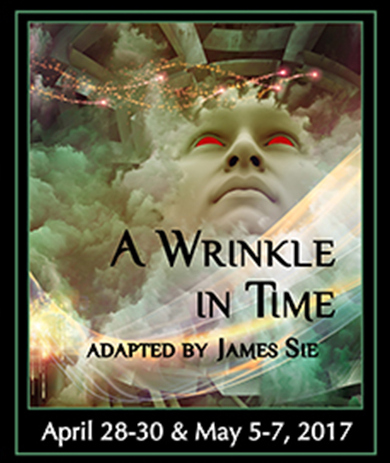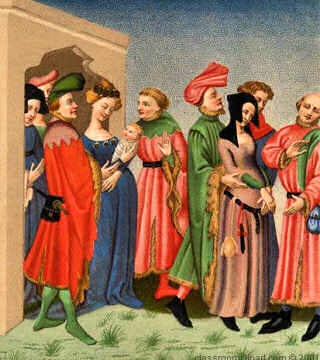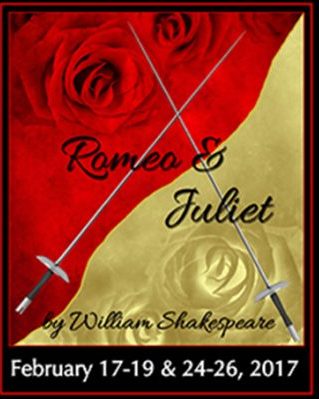A Wrinkle in Time: Dramaturgy

This blog was created in 2013 to serve as a repository of all the information we can’t cram in a page or two of the printed program. In this case, there is so much information readily available online about this book, we are choosing to limit our writing to a brief biography of L’Engle and a synopsis of the beginning of the book, along with some notes on our staging. After the play opens on April 28, we may include more production notes along with photos.
Here then is an only-slightly-expanded version of the Dramaturgy you will find in our program. Those of you who will attend get a chance to read it ahead of time, and in better light.





 A guest post by Nate Chen, who portrays Lord Capulet, Juliet’s father, in our production.
A guest post by Nate Chen, who portrays Lord Capulet, Juliet’s father, in our production. Italy, city denizens – or citizens for short – were freed of their allegiance by virtue of living behind really thick walls and the assurances of the city government. This, along with a handful of other guarantees, was one of the first instances of people having rights backed by government.
Italy, city denizens – or citizens for short – were freed of their allegiance by virtue of living behind really thick walls and the assurances of the city government. This, along with a handful of other guarantees, was one of the first instances of people having rights backed by government.